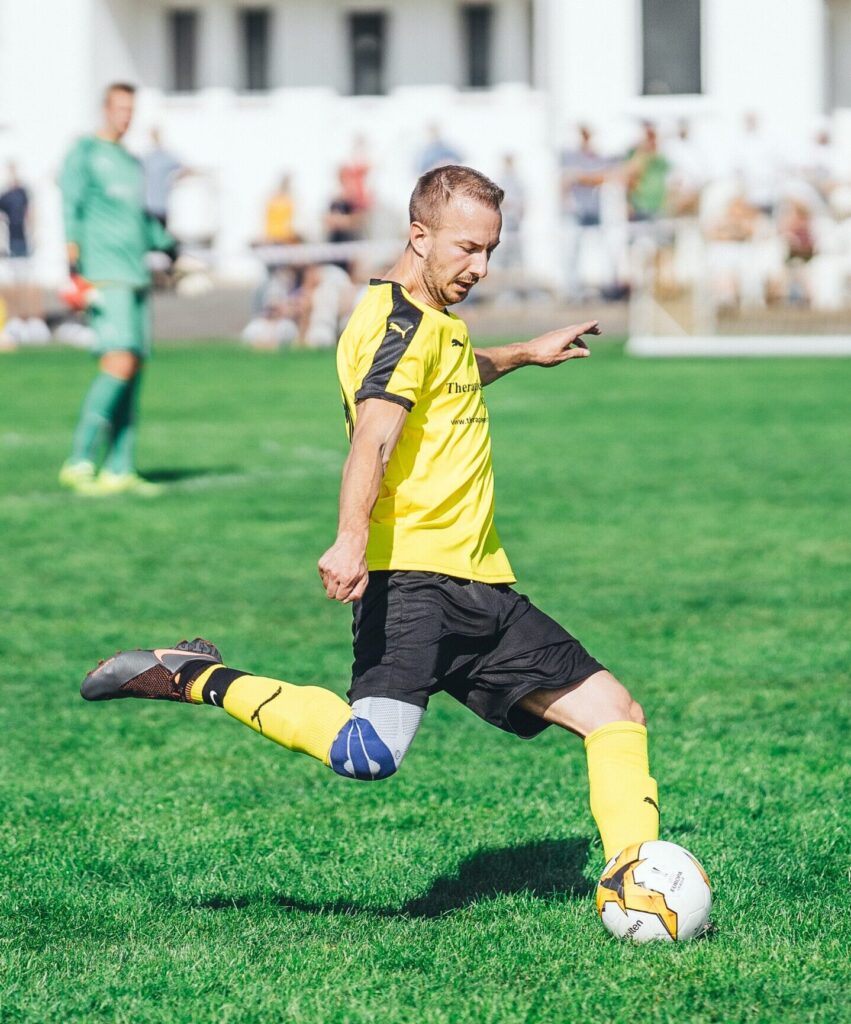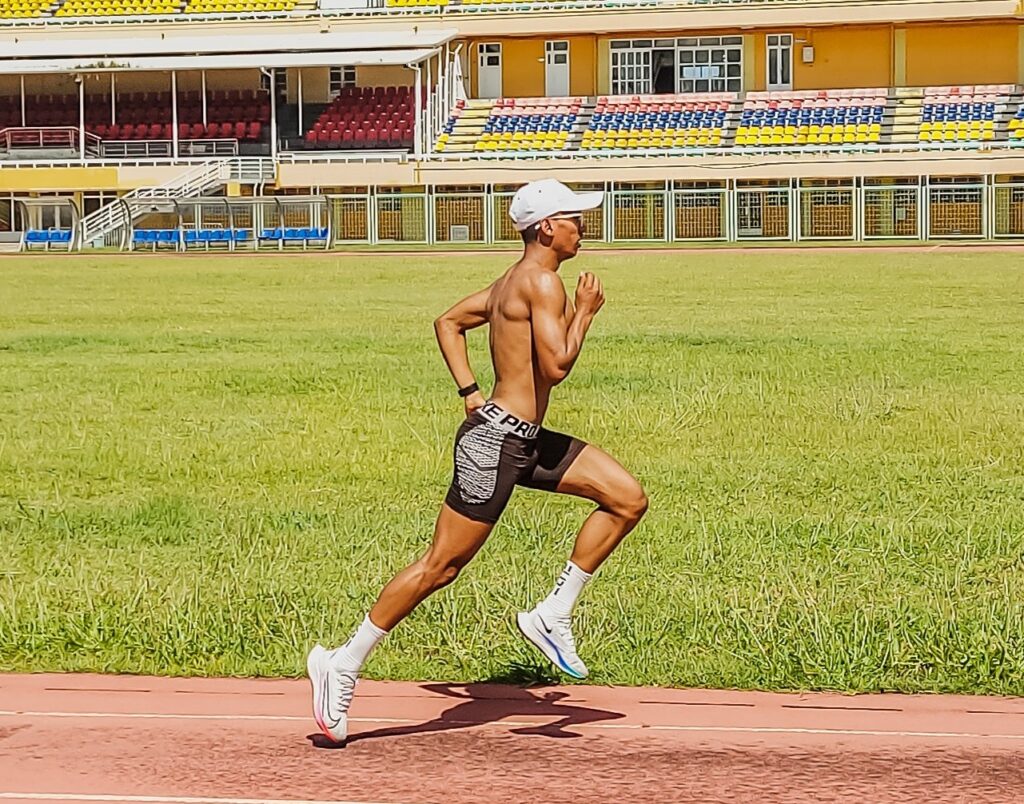Does sport lead to health, or disability?
With the arrival of spring, the desire for sports and various outdoor physical activities grows. Gradually, we start to dust off our bicycles, sneakers, football boots, inline skates, and other sports equipment. The main sports season is approaching.
As the outdoor temperature increases, I get frequent questions from my patients/clients about the possible benefits or harms of various physical activities. I thought it might be good to analyze the impact of sports activities on the musculoskeletal system.
Is sport positive, negative, or neutral for the health of tendons, muscles, or joints? Many of us know someone who has “worn out” their ankles, knees, hips, spine, or tendons by doing sports. But we also know cases of people who have been active all their lives and even at an advanced age are physically and mentally fit, vital, and without major limitations. So, what’s the catch?
Because there is no simple answer, it’s necessary to look at the issue from a broader perspective.
1) Professional vs. Amateur Sport
Professionals
People who do sports at the top level repeatedly expose themselves to very intense physical stress, which affects all parts of the musculoskeletal system. It may seem that they clearly wear out their joints, muscles, and tendons, but it’s not that simple.

Let’s not forget that the musculoskeletal system of “pros” is a bit different. It has much higher regenerative abilities, and their nervous system works faster and more efficiently. Higher quality movement control (motor skill) ensures a lower level of “wear and tear” and injuries.
A top athlete has optimal conditions for recovery (professionals make a living from sport and ideally spend their free time eating, sleeping, or undergoing regeneration procedures). The load on professional athletes is great, but their bodies are built and trained for it. It’s definitely not true that professional sport = permanent wear and damage to the musculoskeletal system.
Amateur Athletes
The body of an amateur athlete is not as trained and resilient as that of a professional. Movement control is also not at the same level. Therefore, the intensity of the given activity is usually not as great (usually 🙂 ). The problem can be irregularity.
Recreational athletes often don’t engage in the activity with iron regularity. For example, they occasionally go to play football, hockey, volleyball. Sometimes they go for a run, go skating, or hiking, etc.
Sudden, excessive physical activity can lead to overload and subsequent injury to some structure of the musculoskeletal system (muscle strain, ankle sprain, knee injury, etc.). On the other hand, regular recreational physical (sports) activities that match one’s fitness level are a prevention of chronic problems in the future.
2) Type of Sports Activity
When evaluating the impact of a sports/physical activity on the body, it is also necessary to consider its specific type. Contact team sports generally have the highest risk of injury due to impacts and frequent changes of movement (typically ball games).
On the other hand, these activities exercise the whole body, increase agility, endurance, and also socialization. High intensity also causes the release of a large amount of endorphins (the “happiness” hormones), which has a positive effect on the psyche and, in turn, on muscle tension.
Non-contact individual sports activities such as walking, running, cycling, skating, etc., bring lower risk of injuries, but often strain only certain muscle groups and may lead to chronic overload.
It is good to combine these activities in various ways. Compared to contact sports, they are less action-packed and not as complex, but they bring deeper relaxation, better body awareness, and greater freedom.
3) Individual Body Parameters and Technique

Whether a particular physical activity may be harmful in the long run also depends on various parameters of the musculoskeletal system, which are mostly innate. For example, someone may have unsuitable joint predispositions for a certain sport and repeated participation may cause problems.
The quality of movement control also plays a role, i.e. how effectively, coordinately, and economically we are able to perform movements. People with suboptimal movement control are more frequently injured, have more frequent joint problems, not only from sports, but also from everyday and work activities.
Technique in performing physical activities also has a huge impact on the musculoskeletal system. Inappropriate technical execution can gradually have a negative effect on muscles, joints, or tendons. Optimal technique reduces the risk of acute or chronic problems.
Before starting a new regular sports activity, it is advisable to consult with an experienced coach and physiotherapist who can help assess prerequisites and potential risks.
Summary
After an extensive but by no means complete list of factors that can affect our bodies during physical activities, I am convinced that sport leads much more to health than to disability. Sure, sports activities have their pitfalls, but the health benefits easily outweigh them.
Injuries, which cannot be predicted and can happen both during sports and outside of it, are a chapter in themselves. Fortunately, we have a wide range of physical activities to choose from, where the risk of injury is minimal.
Regular physical (sports) activity generally has a positive effect on both the musculoskeletal system and a person’s psyche. To prevent injuries or chronic problems, it is necessary to approach each activity thoughtfully, with humility, and not to overestimate one’s abilities. Consulting with experts and people who are already experienced in the given activity is also advisable.
All the best to sports and all physical activities! 🙂
More info about my physiotherapy practice here.
You can find more articles here.